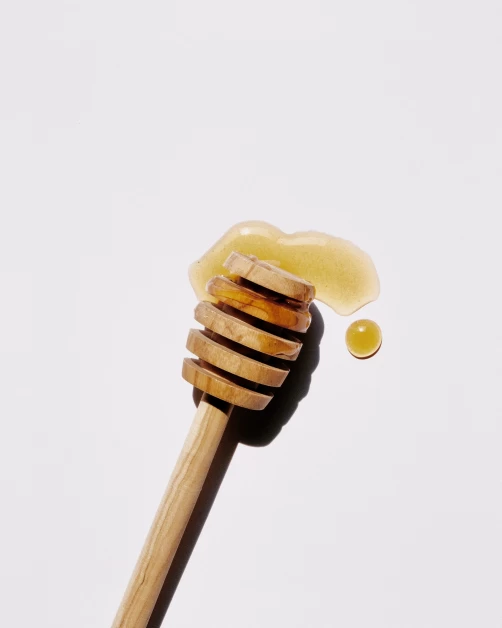Table of Contents
Introduction
First Honey® Mānuka Honey Ointment is a remarkable product that offers three powerful healing actions. With its easy-to-use, non-toxic, and natural formulation, this ointment provides long-lasting infection protection through the creation of a physical barrier. It is 100% safe and does not contain any artificial antibiotics, parabens, sulphates, phthalates, or other harmful ingredients commonly found in skincare products.
The Importance of Wiggle Room
Every tube of First Honey® Mānuka Honey Ointment is carefully designed to provide space for the honey to breathe. During the sterilization process, honey expands, which can lead to leaks and even exploding honey tubes. To prevent such incidents, we leave a little wiggle room in each tube. Rest assured that every tube of our medical honey for wounds contains the precise amount stated inside.
Three Powerful Healing Actions
- Protects: First Honey® Mānuka Honey Ointment creates a physical barrier that offers long-lasting infection protection. This barrier helps keep the wound clean and free from harmful bacteria, promoting optimal healing.
Safe and Natural Formulation
Our commitment to providing a safe and natural product is evident in the list of ingredients we intentionally exclude from our First Honey® Mānuka Honey Ointment. You can trust that it does not contain any of the following:
- Artificial antibiotics
- Parabens
- Sulphates
- Phthalates
- Silicon derived ingredients
- Synthetic fillers
- Chemical sunscreens
- Mineral oils
- Petrochemicals (like propylene glycol)
- Phenoxyethanol
- BHA (butylated hydroxyanisole)
- Ethanolamines and ethoxylated ingredients
Directions for Use
First Honey® Mānuka Honey Ointment is ideal for the treatment of ulcers and other minor wounds. Follow these simple steps to reduce the risk of infection and promote optimal wound healing with minimal scarring:
-
Step 1: Wash your hands! It is crucial to avoid introducing further infection to the affected area. If possible, wear surgical gloves, especially when providing first aid to someone else.
-
Step 2: Stop the bleeding. Apply pressure with gauze and elevate the wound until the bleeding stops.
-
Step 3: Clean the wound. Use a sterile saline solution or clean water to remove dirt and debris from the wound. Gently wash the surrounding skin, avoiding materials like cotton wool. Thorough cleaning reduces the risk of infection.
-
Step 4: Apply First Honey® Mānuka Honey Ointment. Generously apply the ointment to a dressing and cover the wound with it. Gently press down the edges of the dressing to secure it in place.
-
Step 5: Regularly change the dressing. Depending on the wound, it is good practice to change the dressing daily to support optimal healing. Keep the dressing dry to maintain the optimal healing environment.
For a smaller and more convenient alternative, consider using First Honey® Mānuka Bandages infused with our medical honey for ulcers and other minor wounds. These bandages are available in two sizes and suitable for cuts, grazes, burns, and blisters.
Note: If your wound is deep or more serious, it is recommended to see a doctor as soon as possible.
Crystallization and Storage
Crystallization can occur at lower temperatures, as is common with all honey products. If your Mānuka Honey Ointment has crystallized, you can easily liquefy the honey crystals by gently warming the tubes for several minutes in a cup of warm water (100-120°F). This process will restore the ointment to its original consistency.
For more information about the effectiveness of Mānuka honey ointment for burns, wounds, and ulcers, please visit our FAQ page at https://aboutmanukahoney.com.
In conclusion, First Honey® Mānuka Honey Ointment is a powerful and safe treatment for ulcers and other minor wounds. Its natural formulation, combined with its three healing actions, makes it an excellent choice for promoting optimal wound healing and reducing the risk of infection. Trust in the precise amount of honey in each tube and enjoy the benefits of this exceptional product.



